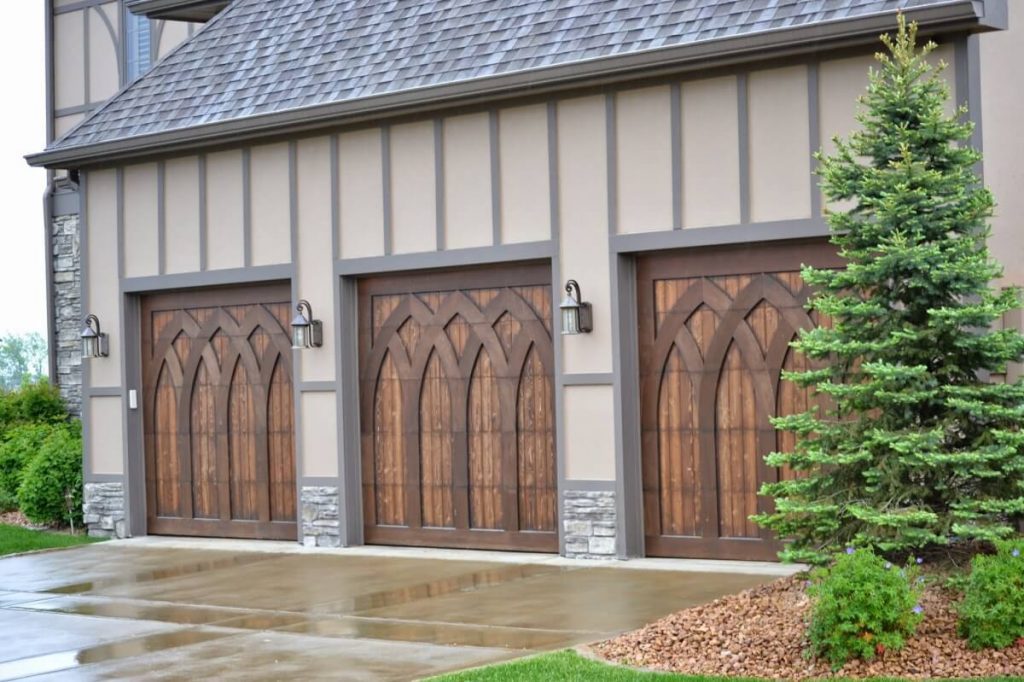Tips for Making Your Garage Door Energy-Efficient
Many people don’t give much thought to the temperature inside of the garage, but the level of comfort in the space can have an impact on the rest of the home. A garage that isn’t energy-efficient can cause the electric bill to rise in each season. If you want to make your garage door more energy-efficient, there are a few tips that will pay off.
Insulate the Walls
Insulating the walls of the garage will prove to be useful because it will prevent extreme temperatures outside from affecting the internal climate. Use R-value insulation between the joists or hire a professional to blow it into the drywall to reach tight corners or spaces. It can also be added to the ceiling of the garage and will last for several years before it needs to be replaced. Many older homes don’t have insulation in the garage, making it necessary to perform this task to conserve more energy. The garage door can also be further strengthened by replacing it with a new, insulated door.
Reduce Drafts
Drafts that are present in the garage can allow cold or hot air into the space and will affect the internal temperature of the rest of the building. Reduce drafts by caulking holes or cracks that have formed due to connections that have shrunk or swelled. Opt for using a foam sealant to seal the areas where gaps are present in the building. You can also seal the door between the house and garage with the help of a professional who performs Las Vegas garage door repair.
Seal Cracks on the Floor
The floor in the garage can also increase your energy usage when cracks form in the cement due to cold air and gas that pass through. Seal the cracks to reduce the number of drafts that are present and to prevent water from freezing, which can cause the cement to crack even more over time. If the floor isn’t sealed, it can cause the cement to shift and prevent the garage door from closing properly.






